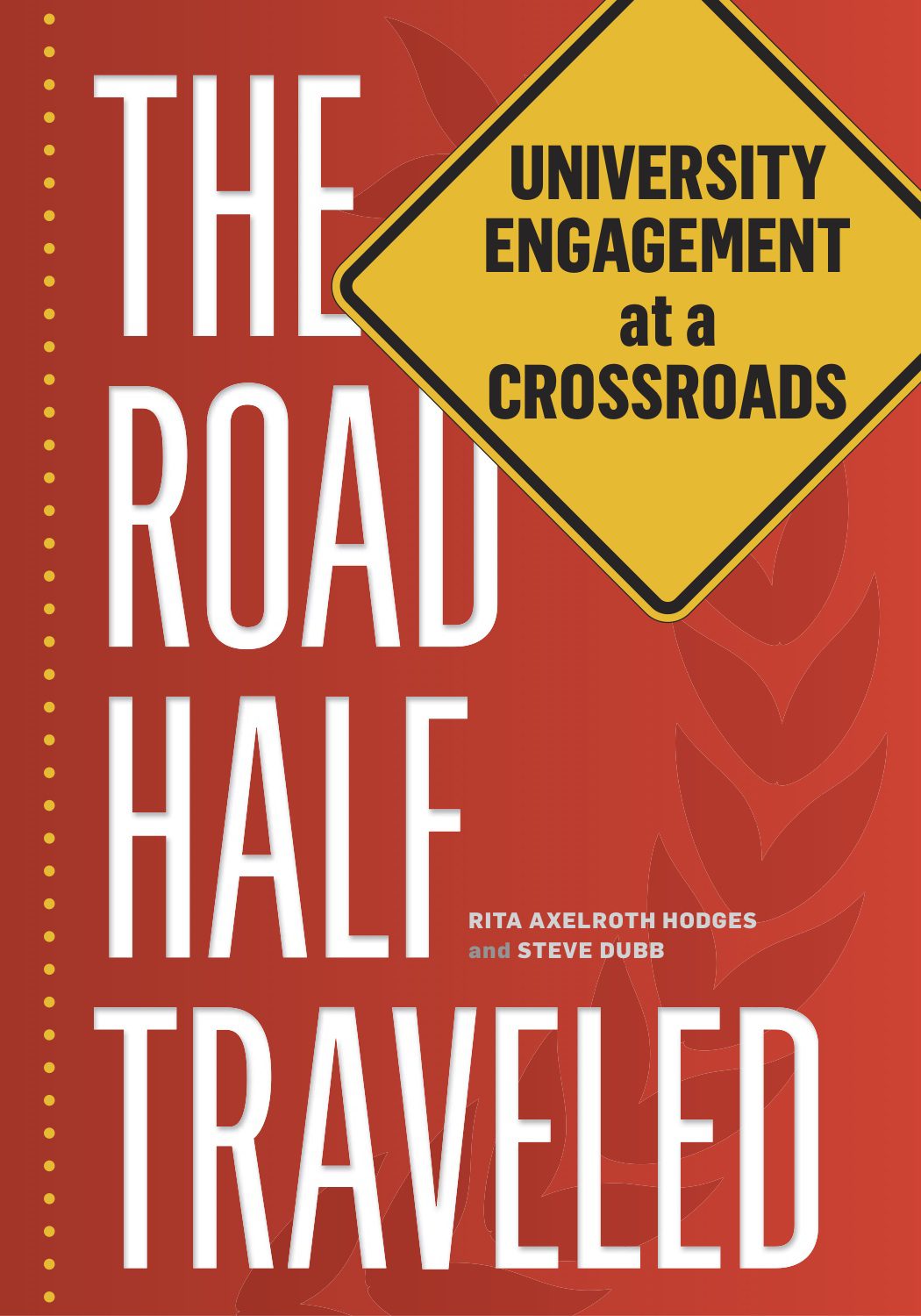America’s colleges and universities are at a crossroads. For all too many students, a college education has become a major economic gamble. Over the past three decades, inflation-adjusted tuition has more than doubled at both public and private universities. Meanwhile, professors are harder to find: tenured and tenure-track professors have gone from roughly 45 percent of all teaching staff to less than a quarter since 1975. In short, students and their parents pay much more for much less faculty time.
So you put down your (student loan) chips—total student loan debt now exceeds $1 trillion—and you take your chances. Hopefully, the job you get covers the loans you took out.
Where does a university’s public mission fit in this context? For some, it does not. Rather the path involves more faculty cutbacks, continued tuition increases, and further commercialization. In this regard, for-profit universities represent only an extreme example of trends prevalent in nonprofit and public institutions as well.
Others, however, have responded quite differently, as we outlined in our work, The Road Half Traveled, some have gone even further, looking to institutionalize an anchor institution mission in which they seek “to consciously and strategically apply their long-term, place-based economic power, in combination with their human and intellectual resources, to better the communities in which they reside.”
The potential impact of a renewed dedication to a public mission of this kind is significant, given that universities are among our cities’ largest economic engines. All told, the nation’s 4,100 colleges and universities are responsible for $460 billion a year in economic activity (roughly 3 percent of GDP), employ 3.7 million, and enroll 21 million students. Their collective endowments exceed $406 billion. As a result, if strategically focused, they have significant ability to benefit communities. Because they are place-bound, they also have an incentive to do so.
This effort to restore a sense of public mission is increasingly called the “anchor institution movement,” although many names are used, including “civic mission” and “community engagement.” Regardless of wording, the idea is simple: to achieve their core missions of research, teaching, and service, universities need to become themselves—and train students to become—genuine partners and effective change agents in their local communities.
Motivating this shift are two factors. One is the need to to provide the kind of meaningful education that only a place-based institution can offer. In a world where lectures can increasingly be delivered by computer, such as with “massive open online courses” or MOOCs, community-based learning offers a powerful mechanism to provide high-touch learning experiences that cannot be digitalized. Moreover, these “real-world” settings provide an opportunity to develop the problem-solving and critical thinking skills that better prepare students for the job market, as well as their role as citizens.
But the nation’s economic challenges themselves are also a very strong motivator. Given high unemployment, high poverty, environmental challenges, and long-term wage stagnation, a growing number of universities recognize that they have a responsibility to bring knowledge and resources to bear to address pressing community challenges, especially when so many of these problems are concentrated in their surrounding neighborhoods. Moreover, demonstrating community benefit provides a means for universities to regain public support and reverse some of the trends that led to funding cuts and tuition increases.
'Anchor Institution Mission'
In our research, we have defined this emerging approach as pursuing an “anchor institution mission.” An institution that pursues an anchor mission, we contend, aims to consciously and strategically apply its long-term, place-based economic power, in combination with its human and intellectual resources, to better the welfare of the communities in which it resides.
Today, a growing number of institutions of higher education—ranging from community colleges to Ivy League schools—are beginning to convert this theory into action. For example, Miami Dade College, which awards more associate degrees than any other college in the country (to a student body that is 87 percent minority and 61 percent low-income), engages nearly 8,000 students in service-learning courses each year. The school also seeks to align its business practices with goals for economic inclusion. Of the college’s annual purchasing, over 20 percent goes to local, minority, predominantly Hispanic, businesses.
Syracuse University, a four-year private university in upstate New York, has also embraced an anchor institution mission. The school changed its tenure and promotion policies to recognize community engagement projects when assessing faculty work. Syracuse has also been an active community investor. The city’s South Side Innovation Center supports women and minority entrepreneurs and was named business incubator of the year by the 1,900-member National Business Incubator Association in 2012. Syracuse also dedicated $13.8 million in 2007 to support redevelopment in the city’s Near West Side—at the time, the ninth poorest census tract in the U.S.—which has leveraged over $70 million in new capital and attracted 337 full time jobs to a neighborhood that had seen no new investment for decades.
The opportunities are great. And the stakes are high. On one path, increasing commodification, on the other, reinvigorated public purpose. Our nation has long believed that higher education should not simply benefit students but also society as a whole. Indeed, Abraham Lincoln, who signed the Land-Grant College Act in 1862, described the new state colleges that the law helped fund as “the people’s colleges,” both because they would educate those typically excluded from the benefits of a college education (“the sons of toil”), while being active participants in building the economy (“agriculture and the mechanic arts”).
Our challenges today are vastly different, but the need for people’s colleges is as great as ever. The emerging anchor institution path provides great promise. The question that remains is whether our institutions of higher education will fully embrace the opportunity.
Steve Dubb and Rita Axelroth Hodges are co-authors of The Road Half Traveled: University Engagement at a Crossroads (Michigan State University Press, 2012).





Comments